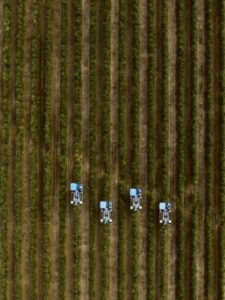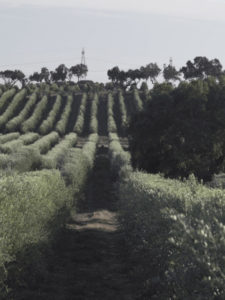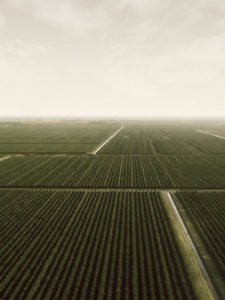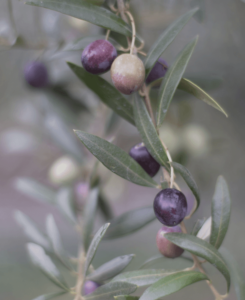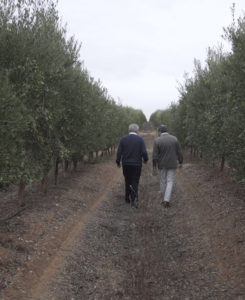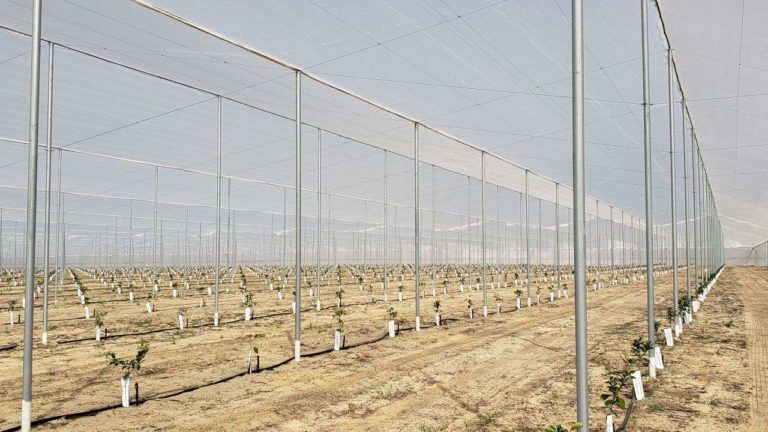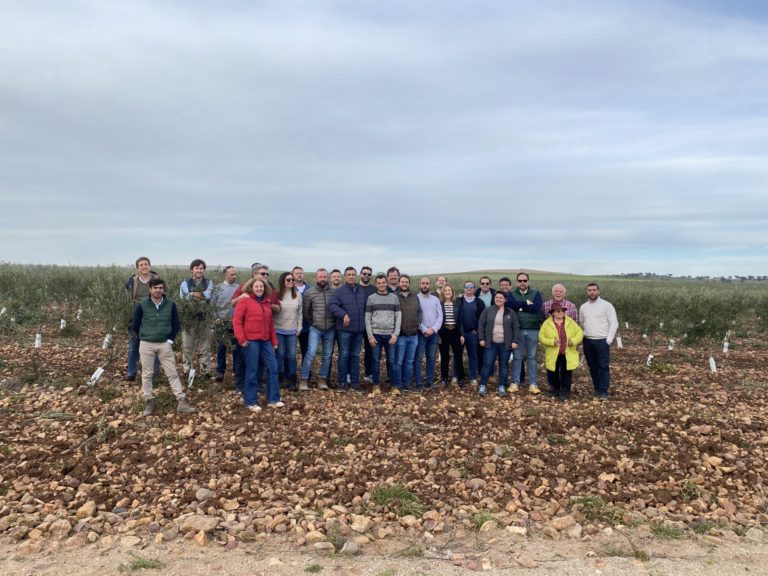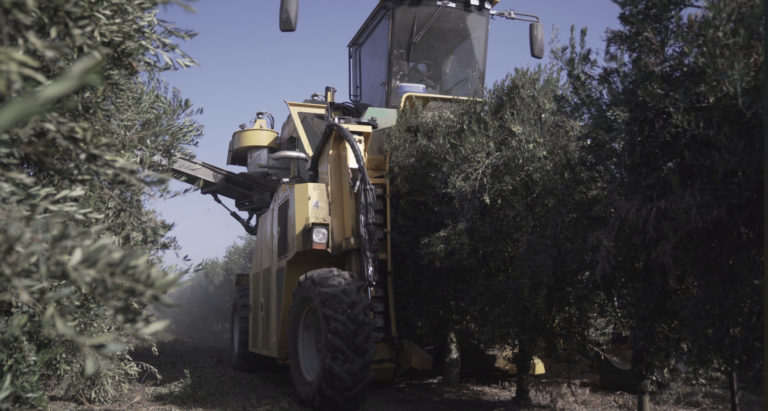A documentary about the greatest agricultural revolution
This is the story of a revolution, of brave individuals who dared to attempt what no one had tried before, embarking on the path of chance
Tribute
Filmed in six countries and traversing the olive-growing regions of both hemispheres, The Path of Chance pays tribute to the pioneers who revolutionized olive oil production. Sharing their knowledge and experiences, farmers, scientists, inventors, and entrepreneurs tell us the story of the extraordinary transformation of this ancient trade into a modern and globalized industry.
The story of humanity is written where paths intersect. Where one must choose: To follow the same path or embark on another of uncertain destiny. This is the story of pioneers who believed in themselves and revolutionized olive cultivation worldwide. For seeing what others did not see, they were accused of recklessness, of irreverence. Some call it progress. Others call it revolution.
Story
The Path of Chance tells the inspiring story of courageous individuals who, over the past 25 years, have revolutionized the way olive oil is produced. Filmed in six countries—Spain, France, Portugal, Italy, Chile, and the USA—the film reflects on the technological advances that have radically transformed the production capacity and future of this industry.
A multitude of key figures in this transformation share the setbacks and breakthroughs they experienced as pioneers of this change. Farmers, inventors, and some of the world’s leading producers from Morocco, Tunisia, California, Portugal, and Chile recall the risks they took, the criticisms they endured, the strength of their determination, and the scale of cooperation needed to carry out their vision.
Scientists, academics, and entrepreneurs also explain why “super-intensive” production is synonymous with “sustainability” for the future. The film shows us how new technologies and cultivation systems impact resource savings such as water, fertilizers, electricity, and land.
Throughout the film, we not only travel across four continents but also through time, learning how this ancient craft reached the 21st century on a scale unimaginable just a few decades ago. By paying tribute to the heritage of olive oil production, the film celebrates the pioneers who redefined its future: those who were willing to take risks, tread an unknown path, and leave an indelible mark on the history of agriculture.
Braves
“The Path of Chance” is a documentary that showcases how a group of visionaries changed the history of olive cultivation.
The film aims to illustrate the metamorphosis that has altered a story with over 3,000 years of tradition. In just 25 years, it revolutionized the landscape of Spanish olive groves and that of the entire world.
The reality portrayed in the documentary reveals what the agronomic model practiced by farmers was like until 1993. Olive cultivation was based on low densities of 250 plants per hectare, entering production in the fifth or sixth year, heavy reliance on manual labor, and instability in annual yields.
Through the unity of these visionaries, who imparted their passion to others driven by the desire to create and innovate like them, the national and international paradigm shifted. We transitioned from traditional planting to hedge or super-sustainable planting.
The new paradigm not only represented a technological and productive transformation but also propelled agriculture towards a sustainable and environmentally friendly model.
Sustainability
One of the pillars for the success of this model has been the transformation of unprofitable plantations in years of low prices to plantations that generate profits even with the lowest prices.
In other words, the model has enabled sustainable profitability for farmers without subsidies.
Currently, there are already 500,000 hectares planted worldwide, and it is an unquestionable reality in all olive-growing countries. Every year, approximately 50,000 – 60,000 new hectares transition from an intensive model to a super-intensive one, and since 2014, it has become the reference model.
The model has helped create a culture of olive oil and increase its consumption in new producing countries such as the United States, Chile, and Saudi Arabia. These countries have embraced the mechanized model, and as a result, have promoted the culture of olive oil within their borders.
Characters
This cultivation model doesn’t have an owner or registration because it’s the result of the work of many individuals.
It stems from the efforts of those who, in the early 1990s, conceived and began to shape a cultivation model that at the time seemed more like madness than a dream. Those pioneers of hedgerow olive farming initiated something more than just a new way of understanding olive cultivation; they created a concept and a new style of farming.
